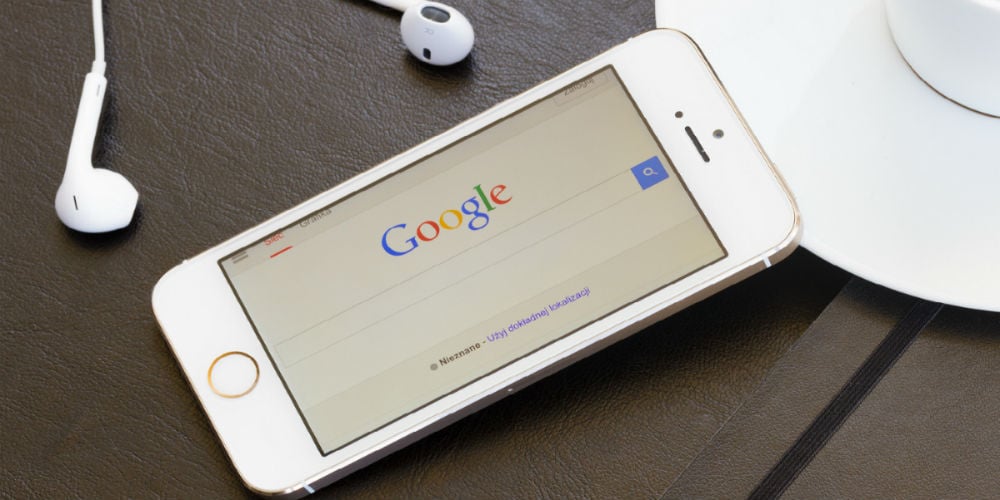Does your marketing calendar pass the Google test?

It’s human nature to keep doing the same thing year after year, and Credit Union marketers are no different. CUs tend to push home equity loans in the Spring, car loans in the Fall*, and Visa cards right before the holidays – because they always have.
Now if that sounds like your entire Marketing Plan, then you should probably bring in some outside help. In the meantime, thanks to Google, you can get a glimpse into what people are thinking about all year round, based on what they are searching for.
Compare these insights to your marketing calendar to see what opportunities you may be missing, then use the information to build a more robust marketing strategy.
January gets people to think about the Big Picture:
- First time buyers are looking for Mortgages, and half of them are millennials
- Searches peak for information about how to save for retirement
- Savings accounts and 401Ks are hot topics
February/March is definitely tax season:
- Tax-related and IRA searches peak, along with questions about college financing
- “Where is my refund?” is a top question
July gets people thinking about vacations:
- Searches for travel rewards credit cards
August means back to school:
- Especially when it comes to college financing and student credit cards
*(As it happens, August through December is also a good time for buying a car, as most dealers start rolling out next year’s models in early September, and want to thin out their lot before the end of the year. Google does not break out information about new car searches in this data, but that may be because it has become a year-round activity. Keep in mind that mobile searches in the auto category are growing 51% yearly, so you might want to use that info as part of your mobile strategy.)
November is all about credit cards:
- Searches for credit card applications are peaking (almost a third of those are coming through mobile)
December is gift-giving season, even if it is last minute:
- Credit card gift cards and store credit cards top the search list before the holidays.
- 40% of all holiday shopping is now done online, and 53% of that was on smart phones and tablets.

